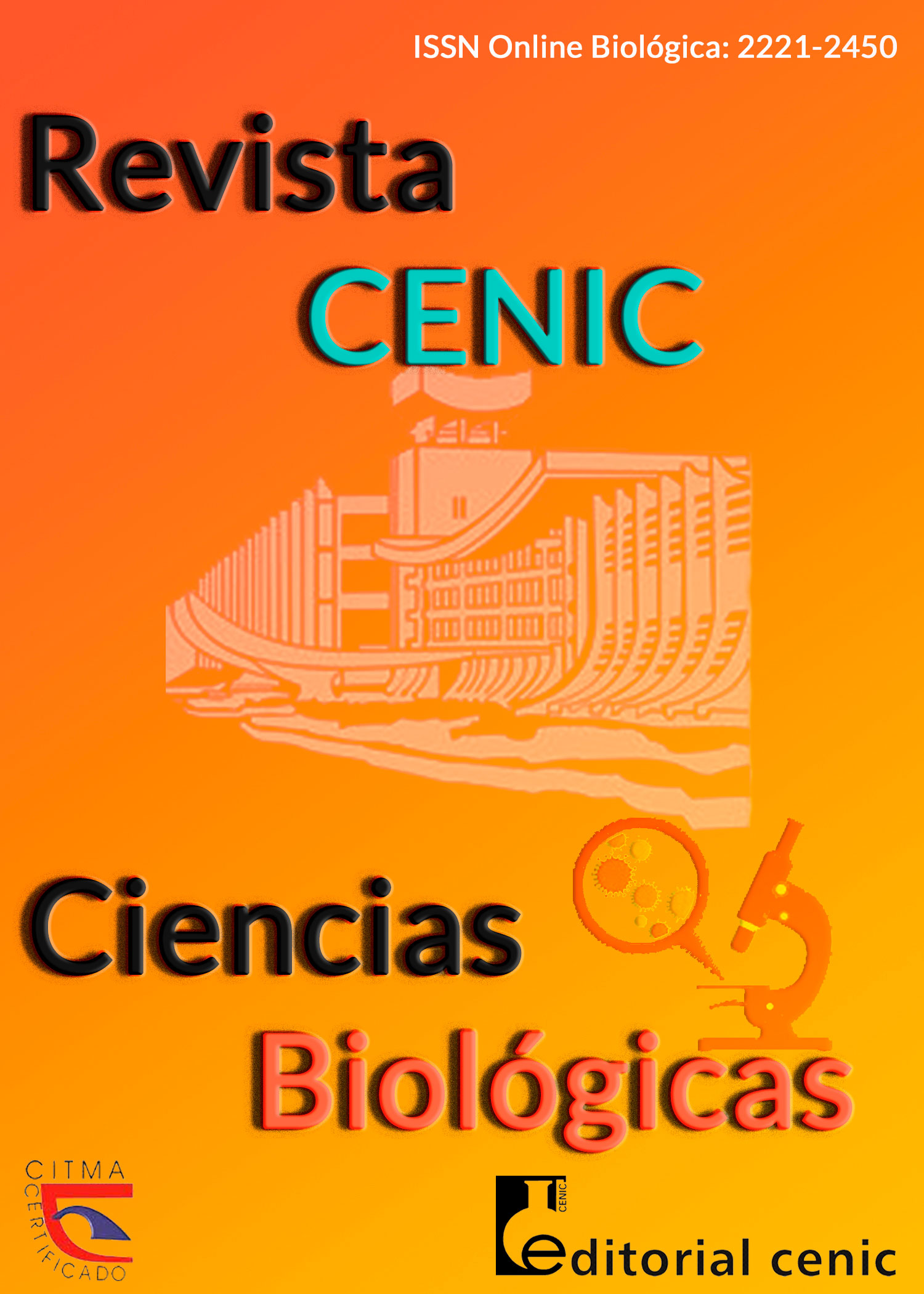El sistema inmune y la infección por SARS-CoV-2. ¿Son los antioxidantes una terapia preventiva?
Resumen
The novel coronavirus (SARS-CoV-2) causes severe acute respiratory distress syndrome COVID-19. An increased production of oxygen reactive species along with disturbance of antioxidant systems are present in respiratory viral infections, such as COVID-19. We provide an overview about the role of antioxidants in immune system and the effect of ascorbic acid, tocopheroles, carotenoids and retinoids in a viral infection. The immunostimulant effects of vitamin C are related to an increase in cellular and humoral response as well as antinflammatory and antiviral effects. Vitamin C plays an important role for reversing the endothelial damage, hence supporting the use of ascorbate in preventing COVID-19 and its vascular complications in infected subjects. Also, Vitamin C prevents the pro-oxidant activity of vitamin E. Antioxidant protection of immune cells and decreased the pro-inflammatory cytokines are effects attributed to vitamin E. The immune regulatory role of this vitamin could be relevant for reducing the risk of respiratory diseases, such as influenza and pneumonia or COVID-19. Vitamin A is vital for maintaining the integrity of mucosal and epithelia as part of the primary unspecific defense mechanisms, and for cellular and humoral immune response. The incorporation of exogenous antioxidants such as vitamins C, E and A, in well tolerated doses may be useful as supporting therapy during the active period of the disease and the recovery stage.
Descargas

Descargas
Publicado
Cómo citar
Número
Sección
Licencia
Derechos de autor 2022 Copyright (c) 2022 Revista CENIC Ciencias Biológicas.

Esta obra está bajo una licencia internacional Creative Commons Atribución-NoComercial-CompartirIgual 4.0.
Los autores que publican en esta revista están de acuerdo con los siguientes términos:
Los autores conservan los derechos de autor y garantizan a la revista el derecho de ser la primera publicación del trabajo al igual que licenciado bajo una Creative Commons Atribución-NoComercial-CompartirIgual 4.0 Internacional que permite a otros compartir el trabajo con un reconocimiento de la autoría del trabajo y la publicación inicial en esta revista.
Los autores pueden establecer por separado acuerdos adicionales para la distribución no exclusiva de la versión de la obra publicada en la revista (por ejemplo, situarlo en un repositorio institucional o publicarlo en un libro), con un reconocimiento de su publicación inicial en esta revista.
Se permite y se anima a los autores a difundir sus trabajos electrónicamente (por ejemplo, en repositorios institucionales o en su propio sitio web) antes y durante el proceso de envío, ya que puede dar lugar a intercambios productivos, así como a una citación más temprana y mayor de los trabajos publicados (Véase The Effect of Open Access) (en inglés).














